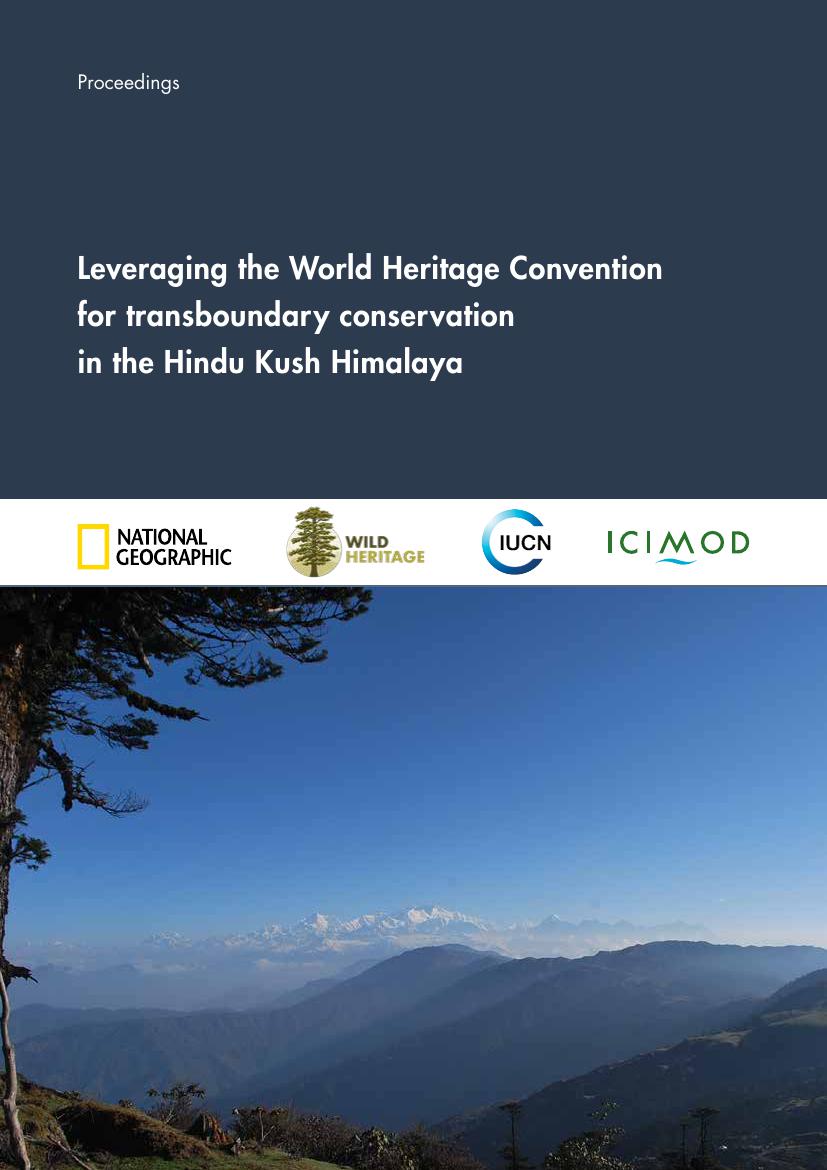
The World Heritage Convention (WHC), signed by 191 member countries, serves to identify and conserve sites of Outstanding Universal Value (OUV), i.e., places of exceptional natural and/or cultural value that are of global significance. The WHC has long served to protect some of the planet’s most extraordinary wilderness areas. From Yellowstone to the Serengeti to Khangchendzonga National Park, many of the most iconic places on Earth have been protected – or at least better protected – as a result of the added accountability, resources, prestige and visibility that the WHC confers. In addition to guarding many sites of global significance from the negative impacts of pressures such as climate change and unplanned development, World Heritage Sites (WHS) have also served to protect wilderness areas that are important for conservation of biodiversity and ensured that cultural and natural assets are preserved. The WHC has been an essential and effective mechanism for wilderness and large landscape conservation globally.